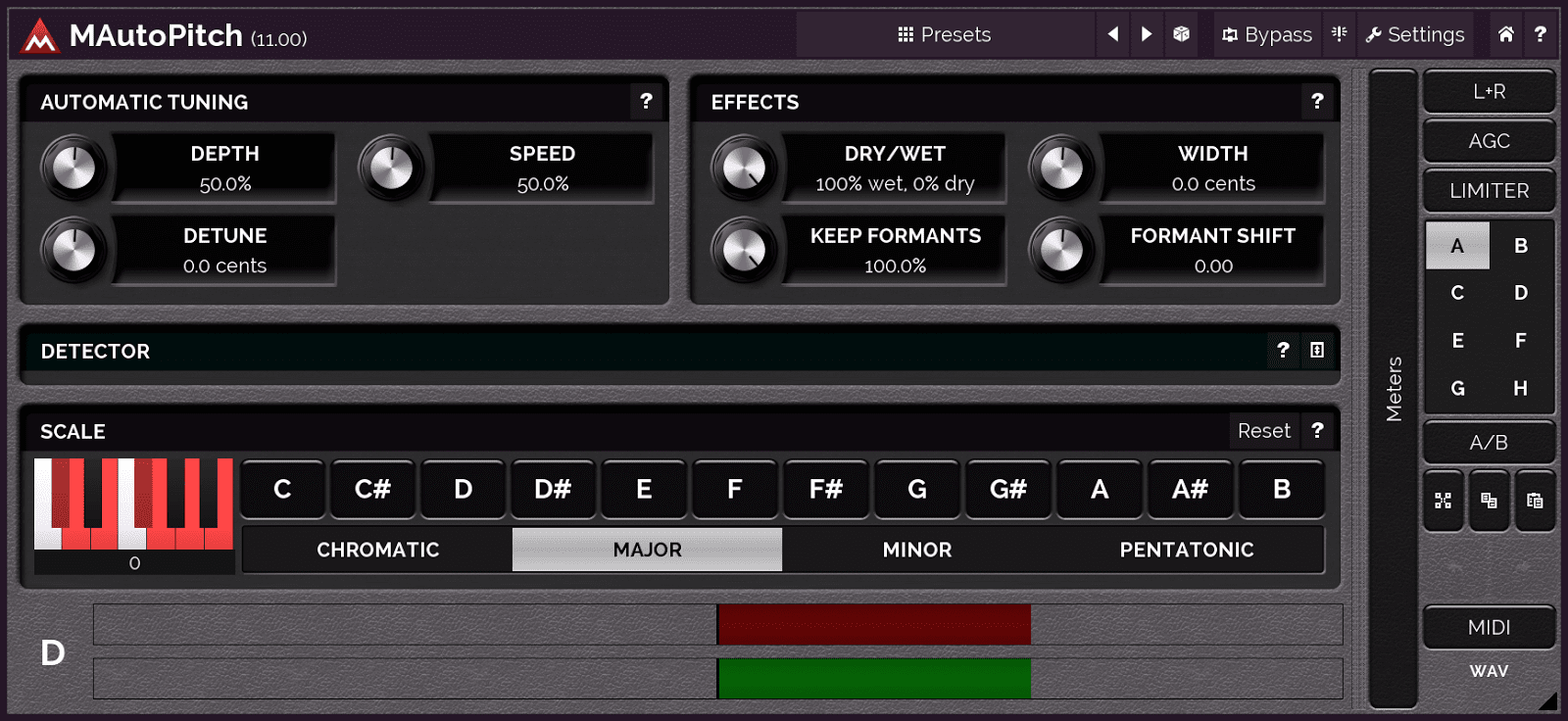If you switched on the radio in the summer of 1998, chances are you got a taste of Cher's 'Believe,' an up-tempo ode to bouncing back after a rough breakup. More than a quarter century after first rising to prominence as a 1960s folk artist, the 52-year-old Cher was once again climbing the charts. In malls, dance clubs and laser bowling alleys across the country, 'Believe' played frequently. By the time the dust had settled, the song had become Cher's bestselling recording ever -- and one of the bestselling singles of all time.
Apr 25, 2014 Auto-Tune has since become a standard studio necessity, used in the majority of records made in nearly every genre of music for years. It has two modes: a. In modern music Auto-Tune is really used with two different intentions. The first is to use it as a tool in a transparent manner, to correct someone's pitch. In this situation, the artist doesn't want to hear the effect work, they just want to hit the right notes. Sep 20, 2015 Auto-tune can now be accessed by anyone in the world, meaning anyone with dreams of becoming a singer can easily get closer to it. On the one hand, this is a brilliant thing; it promotes inclusivity and the idea that anyone can achieve their dreams if they want to.

Sep 17, 2018 But Auto-Tune is also used to make Flavour sound hilariously delirious on “ Alcohol,” where each iteration of the title phrase gets more mush-mouthed, three syllables degenerating into a. Auto-Tune can also be used as an effect to distort the human voice when pitch is raised or lowered significantly, such that the voice is heard to leap from note to note stepwise, like a synthesizer. Auto-Tune has become standard equipment in professional recording studios.
Auto-Tune is a piece of software which corrects singers when they sing out of tune, either live or in the studio. It was invented by an engineer who was developing acoustic tests for interpreting seismic data, and when he realised that it could be used to alter pitch, he changed the landscape of music forever.
At the time, the most notable feature of the song was an electronic modification on the vocals. The effect first appears 35 seconds into the song, while Cher sings 'I can't break through.' On each of the last three words, Cher's voice undergoes a bizarre electronic glitch.

Advertisement
Why Is Auto Tune Used In California
The reason behind that glitch was Auto-Tune, a pitch-correcting software designed to smooth out any off-key notes in a singer's vocal track. Released only the year before 'Believe,' it was the recording industry's favorite dirty secret: With only a few clicks of a mouse, Auto-Tune could turn even the most cringe-worthy singer into a pop virtuoso. But most music studios kept it around simply to fix with the occasional wrong note.
During the recording sessions for 'Believe,' however, Cher's British producers had put the software into overdrive. Instead of lightly tuning the pitch of Cher's voice, they had adjusted the levels so sharply that it became an unmistakable part of the song. The effect was weird and robotic, but against a background of synthesizers and high-energy percussion, it worked like a charm. Opera singers have long been using vibrato, a technique of delivering a note in a constantly wavering pitch. As far as Cher and her producers were concerned, though, Auto-Tune was simply a computerized twist on the technique.
As 'Believe' hit the airwaves, the producers aimed to keep the lid on their new toy. So much so, that when interviewed about the technique by a sound engineering magazine, they lied and said it was due to a vocoder, a well-known voice modulation device used since the 1970s [source: Sillitoe].
Is Auto Tune Used On The Voice
But the truth eventually trickled out, and when it did, Auto-Tune's inventor, Harold 'Andy' Hildebrand, was shocked. Auto-Tune was supposed to be a behind-the-scenes trick for the recording studio. The New Yorker had compared it to blotting out the red-eye in a photograph, and Hildebrand himself compared it to wearing makeup [source: Frere-Jones, NOVA].
But now, Hildebrand's brainchild was making Cher sound like a robot. 'I never figured anyone in their right mind would want to do that,' Hildebrand told Time magazine [source: Tyrangiel] Whether he realized it at the time or not, Hildebrand's electronic creation was about to become one of the largest technological influences on popular music since Les Paul invented the modern electric guitar.



